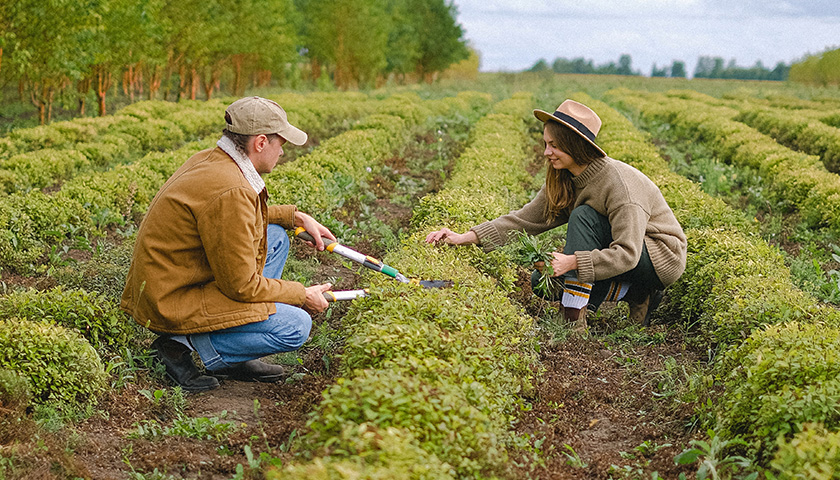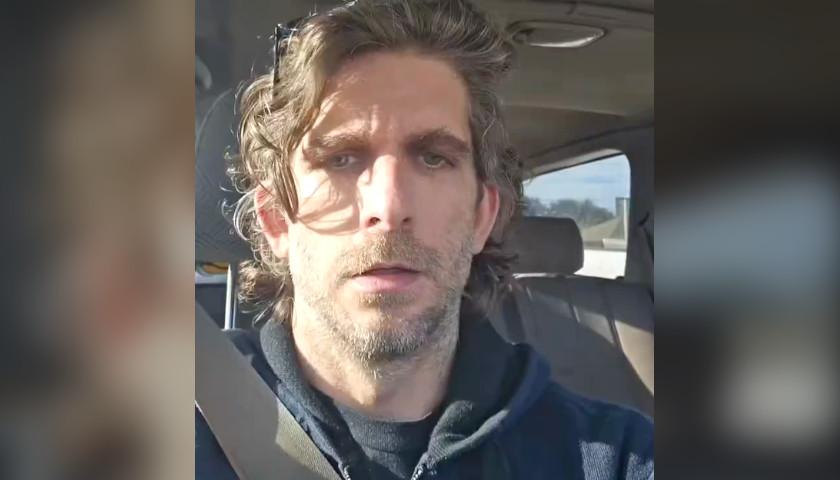by Anthony Hennen
Environmental groups, year after year, argue that Pennsylvania must prioritize more state funding for conservation projects.
This time around, however, they finally feel heard.
“Pennsylvania right now, has one thing that it hasn’t had in a long time, if ever … and that is momentum,” said Harry Campbell, science policy and advocacy director of the Chesapeake Bay Foundation.
The CBF has worked since the 1960s as a watchdog to preserve the rivers and streams that flow into the Chesapeake Bay watershed that extends across six states.
Campbell pointed to the $220 million Clean Streams Fund passed by the General Assembly last year as a “down payment on clean water in the state of Pennsylvania” that could fund conservation projects to tamp down agricultural runoff.
He said it’s a “significant start,” but only just that – a start. The CBF wants to see dedicated annual state funding to ensure progress. Much of that will be focused on the commonwealth’s agricultural sector.
In a recent op-ed, Campbell said more than 90% of Pennsylvania’s remaining pollution reductions must come from agriculture.
More funding could address other environmental issues, too.
“Long-term funding by the commonwealth in a strong Clean Streams Fund can also reduce the impacts of polluted runoff from urban areas, clean up acid mine drainage, and help plant more trees along streams and streets,” Campbell wrote.
The process isn’t a simple to-do list, though. Conservation practices vary based on individual farms, Campbell said, and can range from streambank fencing to keep livestock out to more tree cover along riverbanks and stormwater management. Local factors determine the approach.
“Everybody wants to find the magical bullet,” Campbell said. “If we just do this thing, then all our problems go away. And it’s just simply not the case. It’s a myriad of things that are individually tailored to the farm.”
The state’s Phase 3 Watershed Implementation Plan, which has not been implemented, estimated that $320 million annually would need to be spent to hit its pollution reduction goals.
“These issues don’t go away over the course of one or two or three years,” Campbell said. “So we need that long, sustained, predictable funding.”
Though some shy away from so much spending on conservation, Campbell argued that the return on investment can be high.
Cleaner streams can lower treatment costs for drinking water, improve farming productivity, and boost the agricultural sector with more resilient farms. Other conservation projects, such as reduced flood damage, means conservation impacts could drive as much as $6 billion worth of improvements to the natural ecosystem.
“When we invest in these things … those returns first and foremost have their benefits in our backyard,” Campbell said.
– – –
Anthony Hennen is a reporter for The Center Square. Previously, he worked for Philadelphia Weekly and the James G. Martin Center for Academic Renewal. He is managing editor of Expatalachians, a journalism project focused on the Appalachian region.
Photo “Farmers” by Anna Shvets.








